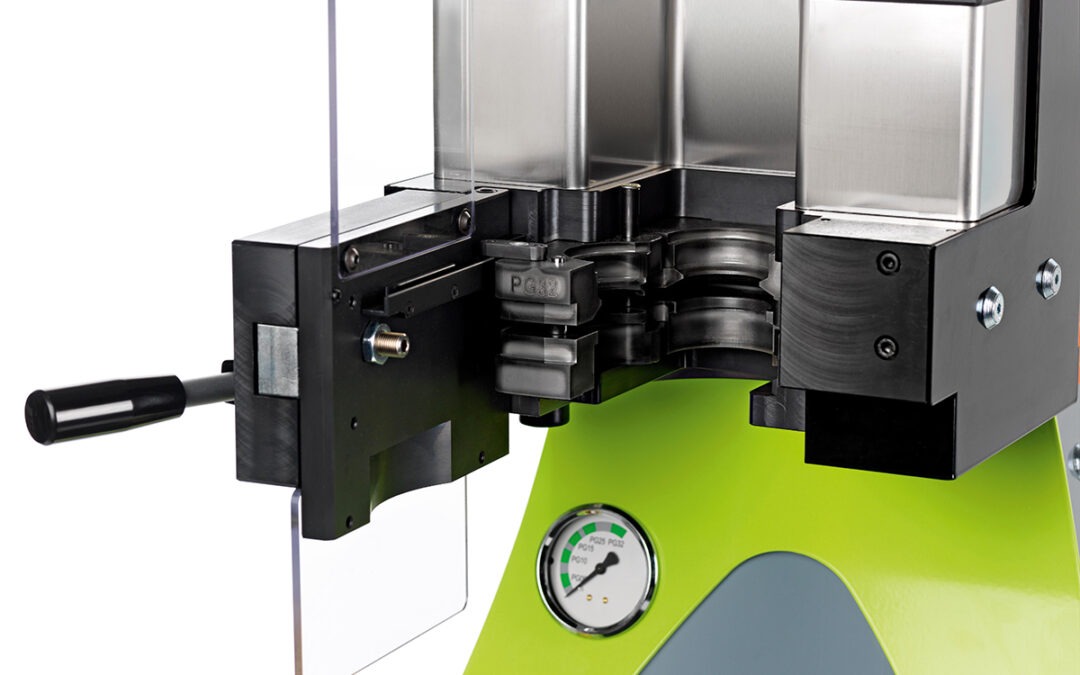Depending on the application and part, setting up machines and tools for a job can be a lengthy, complicated process. Machine speeds and feeds, axial and radial cut depths and tool setups must all be optimized for maximum efficiency and productivity, and the process sometimes consumes hours out of day’s production. It takes discipline and attention to detail to set up and optimize machining parameters for a given process, but the payoff is a smooth operation that begins at cycle start. What happens, however, when you change tools, and – out of nowhere – the workpiece surface starts showing signs of tool chatter. What’s with all this tool chatter all of a sudden, and why is it happening?
Chatter, as most machinists know, is one of the major banes of machining. Although it can occur in any process, chatter – or excessive vibration at the tool and the workpiece – is most typically associated when endmilling in corners and contours. As the harmonic vibration patterns setup, tools begin to perform unevenly with some flutes cutting more aggressively than others. The result is poor surface finishes and shortened tool life at best or scrapped parts and broken tools in the worst-case scenario.
A lack of stability or precision at the spindle, cutting tool, work material or tool holder can and, in many cases, will result in chatter significant enough to cause serious damage or wear. If a tool changeout has occurred on an otherwise optimized machining process, the first place to look would be the toolholder, assuming the tool, itself, is not damaged. Like virtually any link in the chain from spindle to workpiece, different components will have different characteristics.
Setting up to one toolholder does not mean the configuration will be optimized for a different one. Diagnosing the cause of spontaneous chatter should be limited to the change that has been made. If a different toolholder has been installed, that is the first place to check because even though your using the same brand of toolholders, that doesn’t mean they’ve been manufactured to consistently precise tolerances from one to another.
Of course, the best practice when setting and optimizing machine parameters is to start with a quality toolholder in the first place. Every REGO-FIX powRgrip® (PG) toolholder is manufactured to exacting tolerances, so when switching from one PG holder to the next, the effects of excessive chatter are virtually eliminated thanks to their 100% vibration dampening characteristics.
With a total system runout TIR ≤ 3µm at 3 X D, PG holders provide tighter tool holding for finer finishes while providing easier setups even in difficult applications such as composites. Changeouts are fast, too. The system uses press-fit technology to apply up to nine tons of clamping pressure for an industry-leading 1,100 Nm clamping torque rating in 10 seconds or less. Additionally, there is no tool setting heat, chemicals or fumes associated with the PG system for total operator safety.
For shops that are still uncertain about the cause of tool chatter and whether it can be solved at the toolholder, REGO-FIX offers a painless solution with a free test and trial of a PG system. A standard test and trial generally runs three to four weeks and does not obligate shops to any purchase. Click here to learn more or apply for the free REGO-FIX PG test and trial to find out what all the chatter is about.

